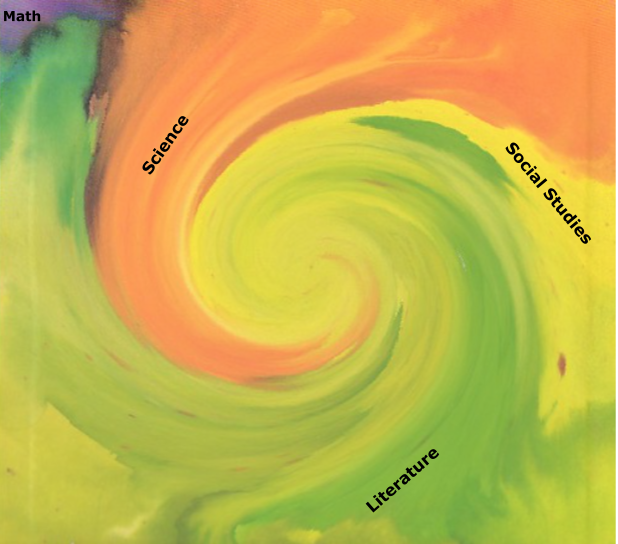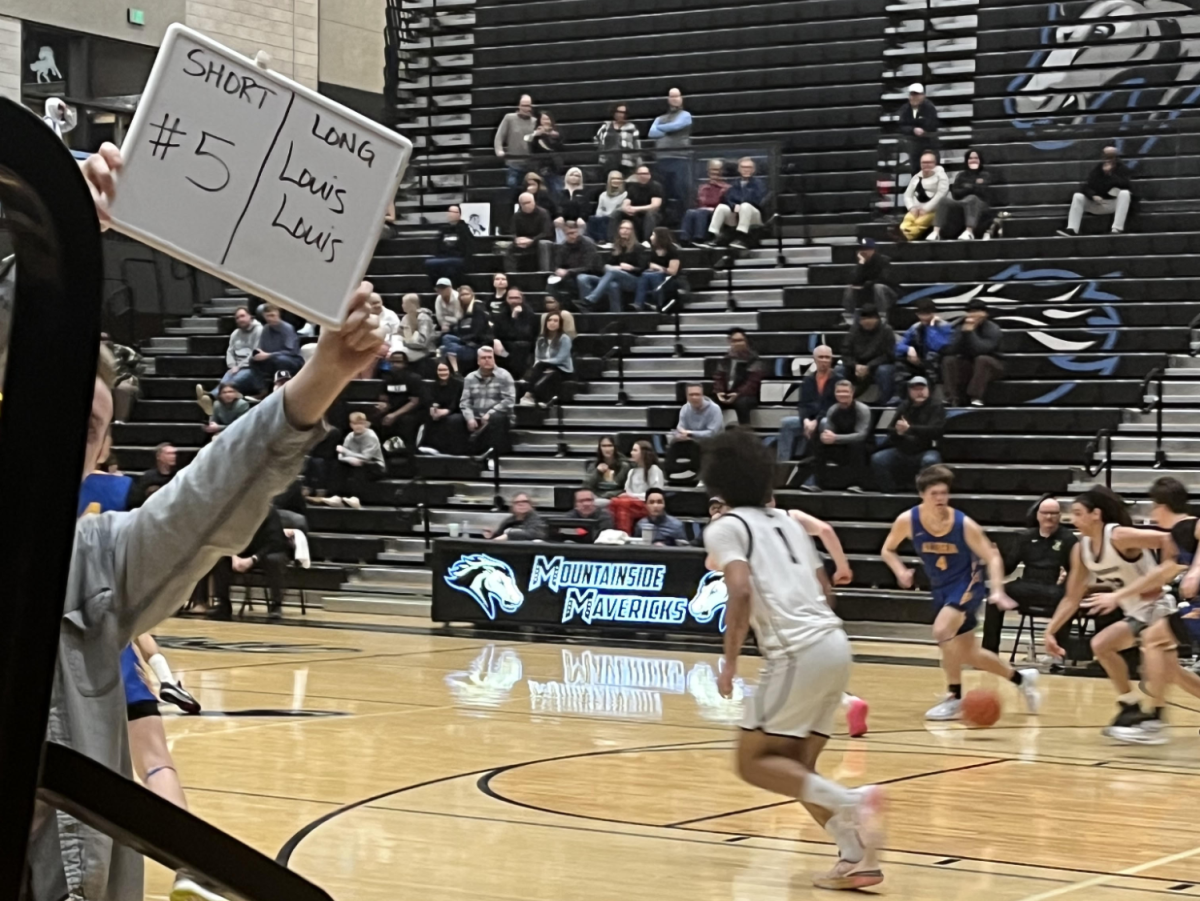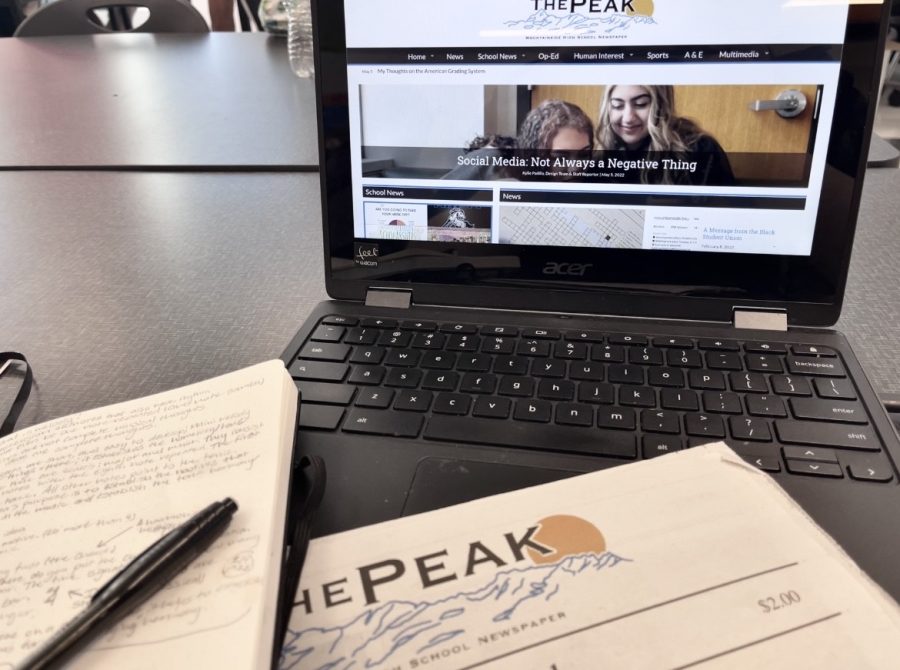Interdisciplinary Implementation
March 1, 2021
I believe that Mountainside High School should implement more interdisciplinary classes and lessons. This would help both by providing an equitable base of understanding for all students, as well as expose students to different classes and perspectives that they may not have previously had.
Oftentimes, we are presented with an assignment where we fill in the blanks and don’t ask too many questions as to why these blanks matter in the first place. One common critique of school is “How is the pythagorean theorem going to help me find a job?” This is obviously hyperbole, but it shows the greater issue with school: the lack of connectedness. Currently, classes work disjointedly, and without coordination, even while covering similar material at times. While this makes sense in terms of building schedules, and the fact that people all have different strengths academically, it leads many students away from learning the impact of their studies.
One of my favorite academic experiences in high school was during Sophomore year where we had an interdisciplinary unit between Chemistry (science) and America in a Global Context (social studies). We looked at the science of the nuclear bomb as well as the history and context of why one was built and dropped. The connection between the two classes was seamless and encouraged students to look at the issue from more-than-one side.
While interdisciplinary classes may not solve every student issue, it may give us a greater understanding of the topic at hand. Additionally it will make the classroom more equitable for all. Examples of what the current classes fail at can often be seen within science courses. I have noticed, through my three years of highschool, that science is generally the most disproportionate in terms of knowledge of the subject. I believe that this is because of the inequity of math. We have many, many levels of math that Mountainside provides so that anyone can find a level they are comfortable, yet challenged by. This is a good thing, but because science and math are so closely related, it causes some students to get left behind and some students longing for much more.
This is where interdisciplinary studies would come in. Instead of devoting parts of the science curriculum to hurriedly reviewing formulas that some may have no experience with, we have both classes work together. Math would provide the formulas and how they work and potentially the derivations for them. Science would provide the application and the study of where these are found in nature. This allows for students to all be on the same page with their learning while also showing that both math and science are not useless information, but have real impacts.
Interdisciplinary classes have limitless possibilities and opportunities. Several ideas I’ve had for such classes are in the below table:
| Class # 1 | Class # 2 | Dynamic |
| Literature | Social Studies | Oftentimes in novels and real stories, the author hints or the plot hinges on real life events. Sometimes, the book is not fully understood without the contextualization of these events. Literature would provide the book and the evaluation of themes and the language itself, while Social Studies classes would provide the information needed to understand the importance of the novel. |
| Literature | Language | Similarly to the Literature and Social Studies proposal, Literature almost always focuses on the identity of characters. Language classes would aid in the understanding of identity as they can discuss the culture of other countries. Additionally, reading a text in a foreign language while using techniques taught by Literature Classes, would help understanding. |
| Language | Social Studies | The study of culture and language is very important to understanding the history of the world. The relationship between Language and Social Studies is so natural, that oftentimes, within each class, we cover both sides already. However, using the strengths of both to work together would be much more effective. |
| Math | Economics / Business | Demonstrating that Math has a real world impact is something that schools have failed at. Additionally, a good understanding of Economics and Business is also a common desire of many students. Using Math to support and guide the learning of Economics and thus Business, would eliminate both of these long-held wants. |
The clear issue with interdisciplinary studies is the scheduling. Everyone seems to have a different level of understanding which leads to different classes. I am 100% in favor of letting students who learn faster choose to be in accelerated classes and for students who want more guidance to have that help as well. While I don’t have an easy fix for this, I view it as almost a field trip. I believe that classes of the future will need to become much more flexible.
I propose that one day a week, or one day a month, should be set aside for taking trips or having these joint classes. I believe that having them on a weekly basis would help dramatically as students would continuously have something fun to look forward to. Every week or month, the students would choose one of their classes to do these trips or focused studies with. I would hope teachers would provide every student a chance to attend by covering the same material or going on the same trip multiple different weeks, but it would be best to make the class optional. Since each high school student has up to 8 classes with a full schedule, it is unreasonable to assume that they could attend an interdisciplinary unit or day for each class. Thus, the material covered would have to be optional or simply something previously covered, while attendance in one of their classes during these special days would still be mandatory like it is any other school day.
In conclusion, not only would interdisciplinary classes provide opportunity for greater learning and understanding, they would provide a way for all students to have an equitable learning experience. It is time that classrooms should change to reflect the globalization and interconnectedness of the world.





















